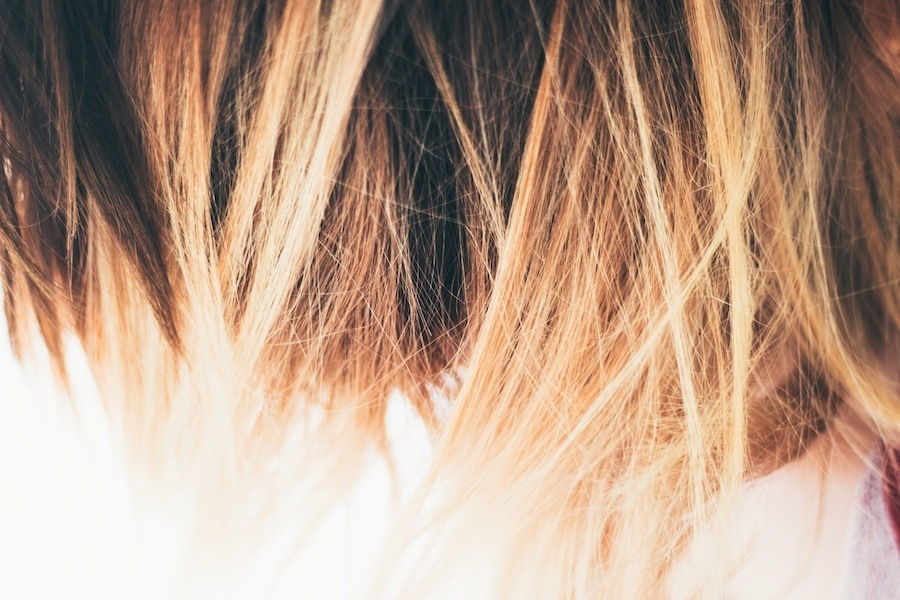Can Hirsutism Be Blonde?

Many woman who struggle with excess fine, blonde hair in their face or on their bodies (excess peach-fuzz) wonder if they have hirsutism as well. After all, hirsutism describes a condition of excess hair growth, so it must be that, right?! So in order to answer the question “Can hirsutism be blonde?” once and for all, we’ve looked at a 2010 study called “Visually scoring hirsutism” to help us get to the bottom of this. Here’s what we found.
“Can Hirsutism Be Blonde?”
Hair covers almost our entire body, with the exception of hands, soles and lips. Both hirsutism and hypertrichosis are conditions that cause excess hair growth. In oder to understand the difference between the two, however, it is crucial to understand the difference between vellus hair and terminal hair, the two physiological types of hair we all have on our body.
- Vellus hairs are fine and short and often referred to as peach-fuzz. These hairs cover most of our body. The growth of vellus hair is stimulated by growth and thyroid hormones.
- Terminal hairs are longer, stiffer and have blunter tips. They are also more pigmented (darker) than vellus hair. The growth of terminal hair is stimulated by growth and thyroid hormones, and, in some areas of the body, androgens (male sex hormones).
While hirsutism refers to excessive male-pattern growth of stiff hair or hairiness in women or children, hypertrichosis refers to generalized or localized excess hair. In their study, the researches differentiate between hirsutism and vellus hypertrichosis, which refers to the condition of excess vellus hairs (“excess peach-fuzz”). It is possible that women who have blonde, fine excess hair in certain areas of the body don’t have hirsutism, but a form of hypertrichosis. It is important to understand the difference between those two conditions, as their causes and treatment differ.
Vellus hypertrichosis does not respond to anti-androgen therapy, as it is not caused by access male sex hormones. Excess vellus hair is caused by imbalances of growth or thyroid hormones (e.g. thyroid disease or anorexia nervosa). Hirsutism is caused by excess male sex hormones (androgens) in women, which means it is treating with an anti-androgen therapy.
Vellus hairs might turn into terminal hairs, if stimulated by the right hormones. Many women with hirsutism talk about “starting to grow dark hair”. In reality, those have experienced the transformation of vellus hair to terminal. Terminal hair can also turn into vellus hair.
Conclusion
According to reports some women with blonde hairs on their upper lip have been diagnosed with hirsutism. However according to the study described above, it is more likely those women actually had vellus hypertrichosis. It must be noted, that the terms hirsutism and hypertrichosis are often used interchangeably to describe excess hair growth.
